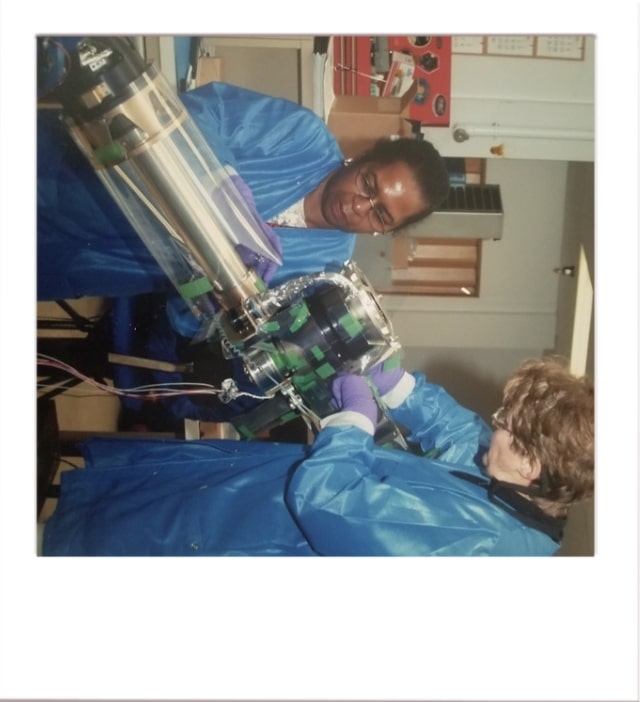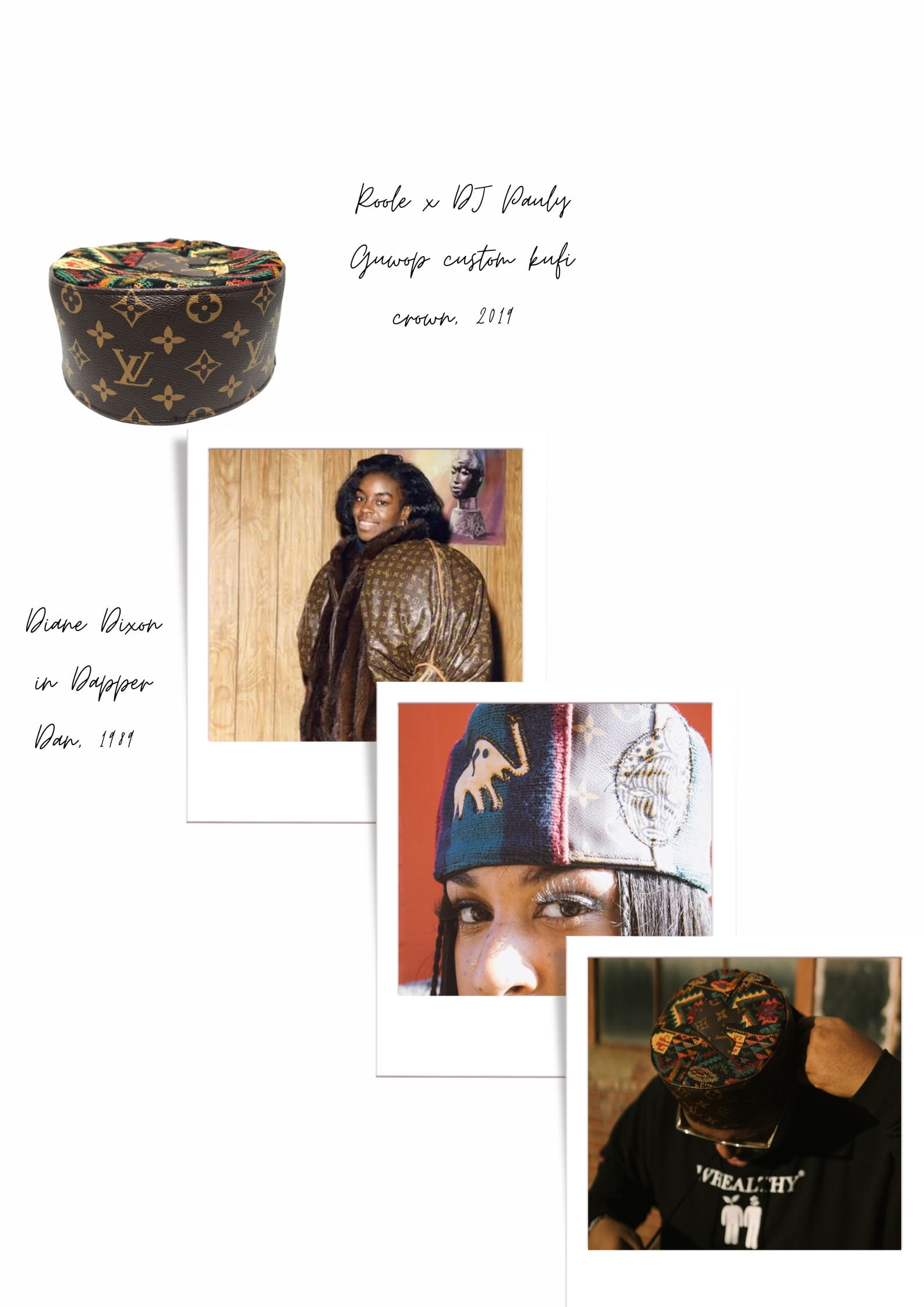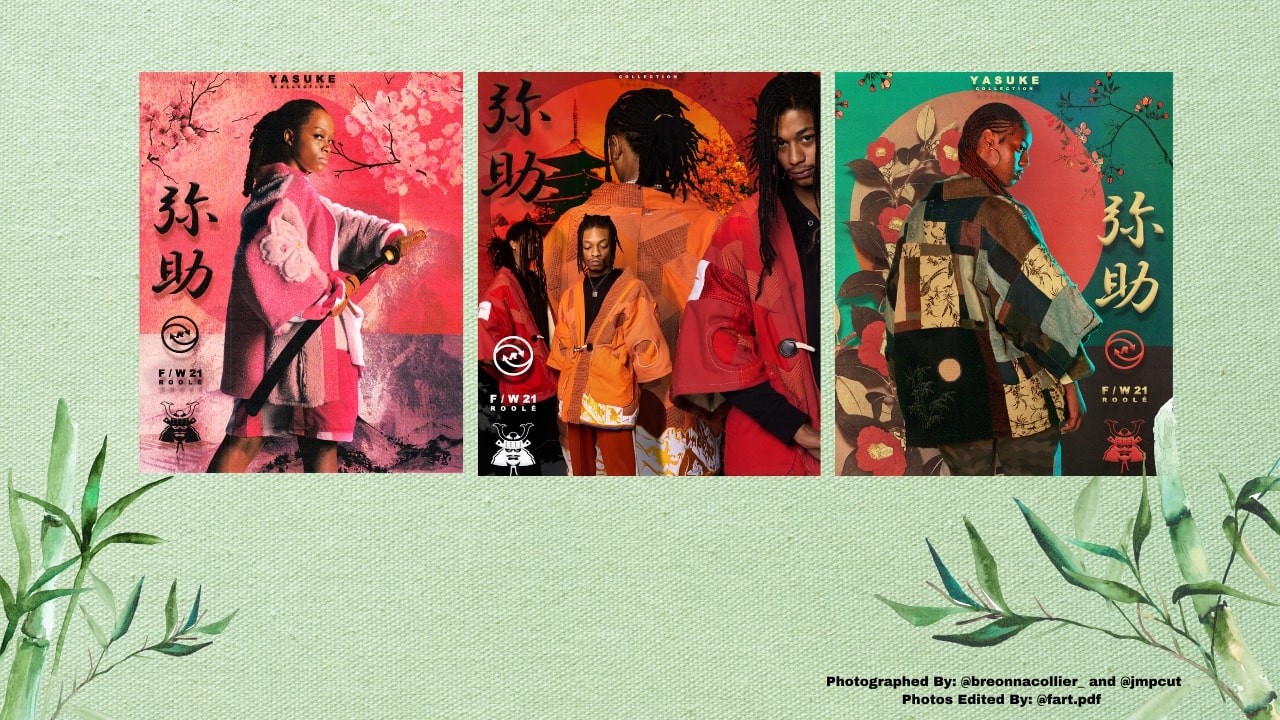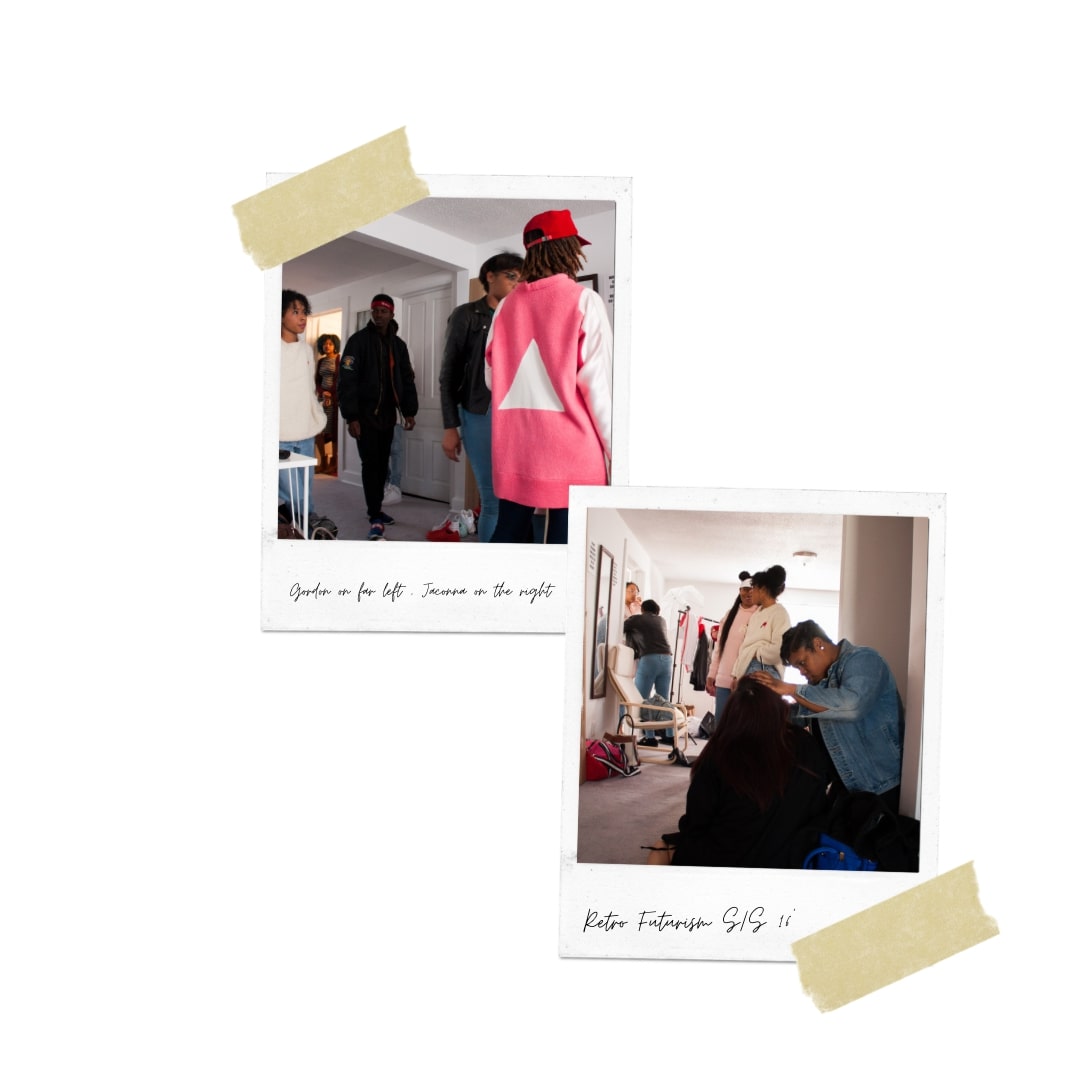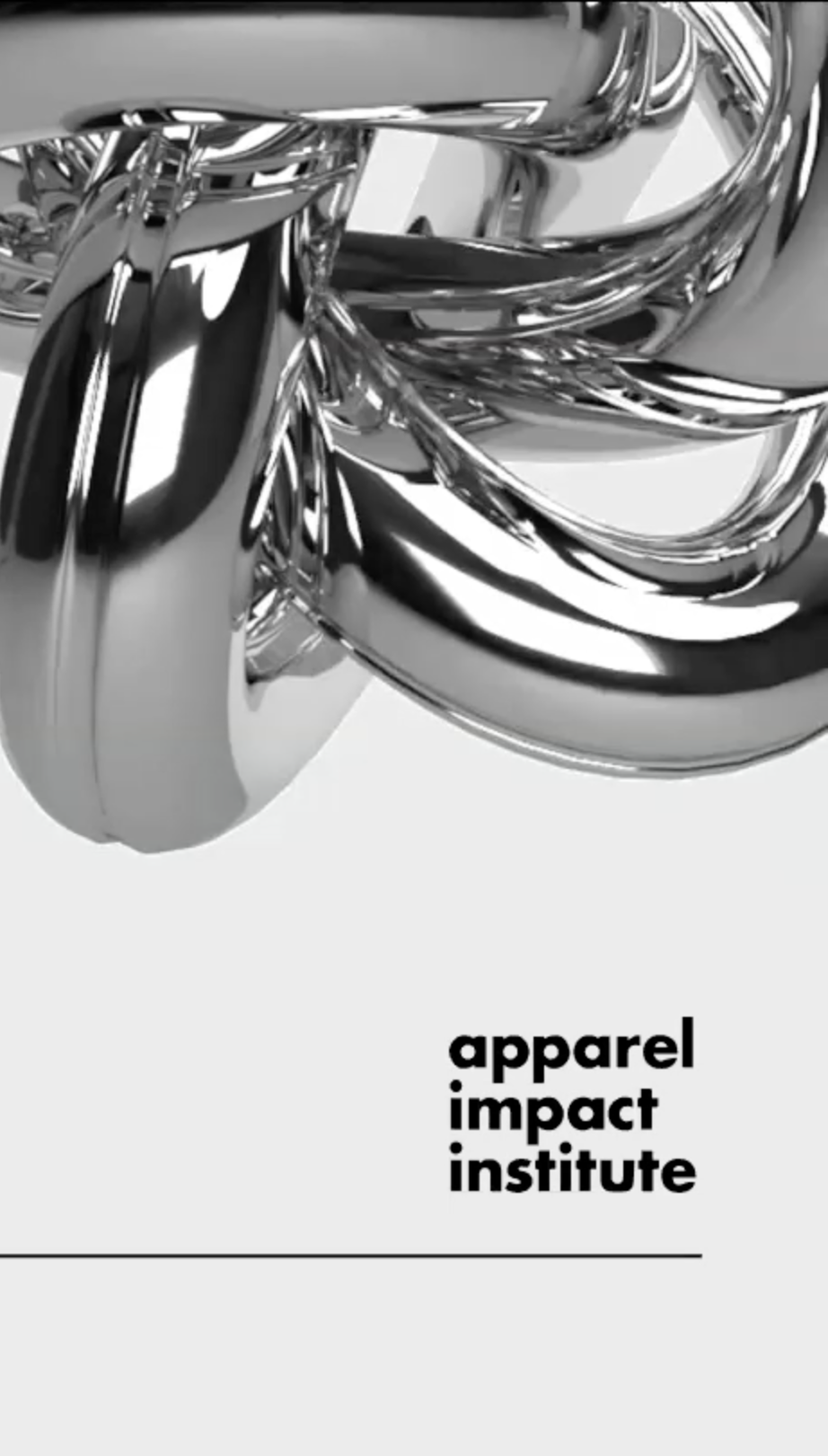Jaconna: For those that aren’t familiar with you just yet, what’s your name and where are you from?
Gordon: I’m Gordon Holliday and originally, I’m from Baltimore, Maryland. At 13, I moved to Charlotte, North Carolina. From high school to college, I stayed in North Carolina for the majority of that time and now I’m in an awesome place of life.
Jaconna: So how does Gordon see himself as both a person and a creator?
Gordon: I have so many things in my head. I see myself as someone who is open to my own imagination, a user of that imagination, free thought, free ideas, and someone who’s creative. As a creator, I see myself as someone who finds ways to bridge the gap between the context of history and story-telling with aesthetically pleasing gifts of humanity.
Jaconna: What’s your earliest memory of falling in love with design? Take us back.
Gordon: My earliest memory probably goes back to… from as early as I can remember, maybe like 7 years old. I remember playing Minesweeper on Windows 98 and watching my mom draw on sketchbook paper. The first thing I saw her draw was an airplane. I’m pretty sure I used to draw before then but the way that she just put her thought of an airplane on paper blew my brain away and grew my curiosity to draw. The level of art cultivated into design as I grew older. I really started challenging myself in different ways of how I express who I am to the world, my family, and my community. Definitely an early 2000s vibe of intro to design.
Jaconna: I love that, that’s amazing! I had no idea your mom was the sparker of it all.
Gordon: Definitely! My mom could just make things happen and I would be so intrigued. I would ask her if I could do the same things too like… I am your child (laughs).
Jaconna: And for that reason, shout out to Black moms all around the world and Black women, period. When it comes to your eye for creative direction, design, and the execution process behind it all, where or who do you get a lot of your taste from?
Gordon: I get a lot of it from a combination of a few things. I do fairly well with cross-referencing several different things.I like to find traditional techniques of sewing from different cultures to cross reference with inspiration from what’s currently happening in current day society. It may be a range of topics including me questioning why innocent Black men are being shot and killed in their neighborhoods and translating the processing of that and where I’m from through the lens of fashion. Then, it could be a day where I peep what A$AP Rocky is wearing, like the quilted blanket he rocked at the Met Gala and the discussion around that moment. These cross-references and my own personal experiences equate to where my taste can come from. When you have a deeper evaluation of your environment as a designer, those things start to develop what work you put out into the world.
Jaconna: You definitely have a deeper appreciation for the things that inspire you to think and I love that. I remember I met you on UNCG’s campus back in Greensboro, NC and I took a photo of your fit because it was just a fit that was fly and a style I had never seen before. I instantly took a photo for my blog Everything Boisterous and we’ve been friends and creative accountability partners ever since then. With that being said, I want to thank you for allowing me to come into your past, watch your journey, and for allowing me to tell your story today.
Historically it seems like a lot of Black and Brown people have had to go through streetwear to be seen and validated in the luxury space . Do you feel like that narrative is evolving in today’s climate at all ?
Gordon: Definitely. We’re now in a time and space where there are real topics and groundbreaking moments happening within the industry. Kerby Jean-Raymond of Pyer Moss, and what he did at Paris Couture Week last year showing inventions curated by Black people through design, was a prime example of that. I don’t think the expectation is limited to doing what Fubu or Sean John did. I think this and the upcoming generation isn’t going to care about acceptance, and has more focus on coming into this space on their own grounds with ownership of that. For Black people, ownership has been an ongoing conversation.As a designer , the question of “how do you consider every piece of the process?” is something that continues to evolve.
Jaconna: Hip-hop definitely played a huge role in validating the price tags and relevance of brands. Today, more and more Black designers are taking control of not only their design but the narrative and pricing they attach to it. Just because you’re Black doesn’t automatically mean you HAVE to create within the lens of streetwear so how would you define the purpose and intention of ROOLĒ ?
Gordon: With ROOLĒ, my biggest goal is challenging the consumer. I try to remove my face from the brand because it’s not about Gordon, but about the intention. ROOLĒ stands for Rule Over Our Lives Everyday… constructed as more of a mantra for the people that consume the brand. It’s about taking charge in your life, whether it’s paying a bill, wanting a promotion, or leaving your job to be an entrepreneur. I want people to take charge of those things. When I became an entrepreneur and able to invest in myself and build my company, I felt like I was taking charge of my life versus doing what everyone else told me to do. I wanted to be my own boss and control my own time. The confidence I have with the brand really defines the confidence that people feel when they wear the clothes.
2020 really gave me a moment to reflect and think about my purpose as a designer. I know I can design great things , but how do I make things that are impactful? How do I make things that actually affect the industry ?A lot of times in the western culture of America, we see New York, the fashion shows, the boutiques, and the storefronts. What we don’t see are the garment workers and the less-than minimum wage globally across India, Ghana, and Bangladesh. For me, as a designer, I like to see a problem and find a local solution, and that came to me as sustainability. I’m a sustainable designer that likes finding ways of being regenerative through practice. This is what my goal is as a designer and that is how I got into the sustainability world.
Jaconna:I love that you went back to the drawing boards and found an extension of your purpose during a questionable time. It also seems like you had the chance to pour into your purpose vs. ego.
Gordon: Right!
Jaconna: Rather the world wants to recognize it or not, Black people have always interacted with the action of being sustainable through the act of passing down of garments, among others. For example , you can catch me on a Tuesday in Brooklyn or back home in North Carolina wearing my Negro League jacket because that’s a passed down piece that my dad gave me. For you, what catalyzed your commitment to sustainability within your brand/ platform space?



